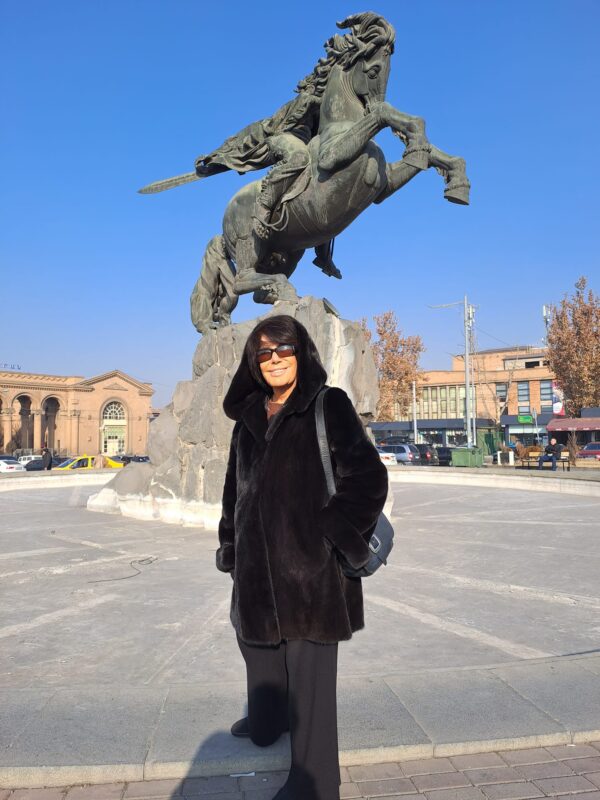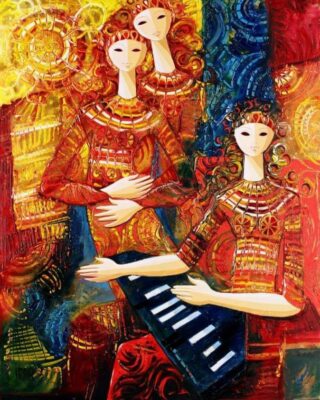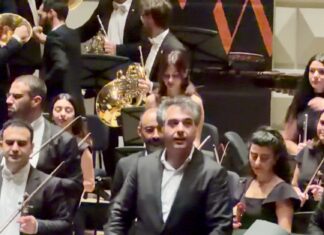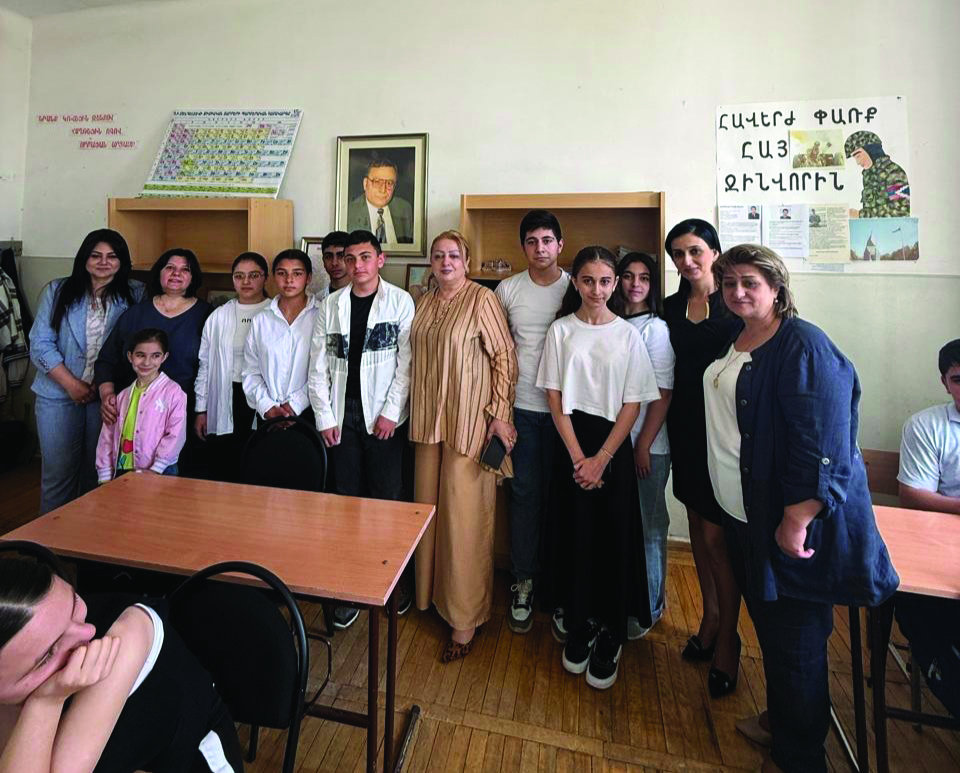YEREVAN — Hrair Diarbekirian is one of the prominent representatives of contemporary Lebanese fine art. Born in Beirut, in 1946, he attended the Academie Libanaise des Beaux Arts. A staple of the Lebanese art scene since 1961, Hrair has exhibited extensively in the Middle East, Europe, Asia and the Americas. He is the recipient of several awards, including gold medals from the Sursock Museum in Lebanon and the Sao Paolo International Biennial. Several of Hrair’s paintings housed in the collections, of both statesmen and celebrities, most notably among the private holdings of Queen Elizabeth II of England, Prince Rainier of Monaco and actor Kirk Douglas.

Last January, Hrair visited Armenia for the first time. Our meeting took place in the hospitable and beautiful apartment of our common friend, Lucy Topalian, who has worked all her life as a gallerist.
Hrair, you are welcome, it is so good to meet you!
Thank you very much. This is my first trip to Armenia and I am very happy to be in Yerevan, in my capital!
Although your works appeared here already in the 1960s?
Yes, in 1967 or 1968, I donated my painting “Annunciation” to a Yerevan museum, but I don’t know which one. I think it was the old museum [meaning the National Gallery – A. B.]. They sent me an album with my work in it. It was one of my first paintings, I drew it in miniature style. In the beginning, I was much influenced by Armenian and Byzantine art.








